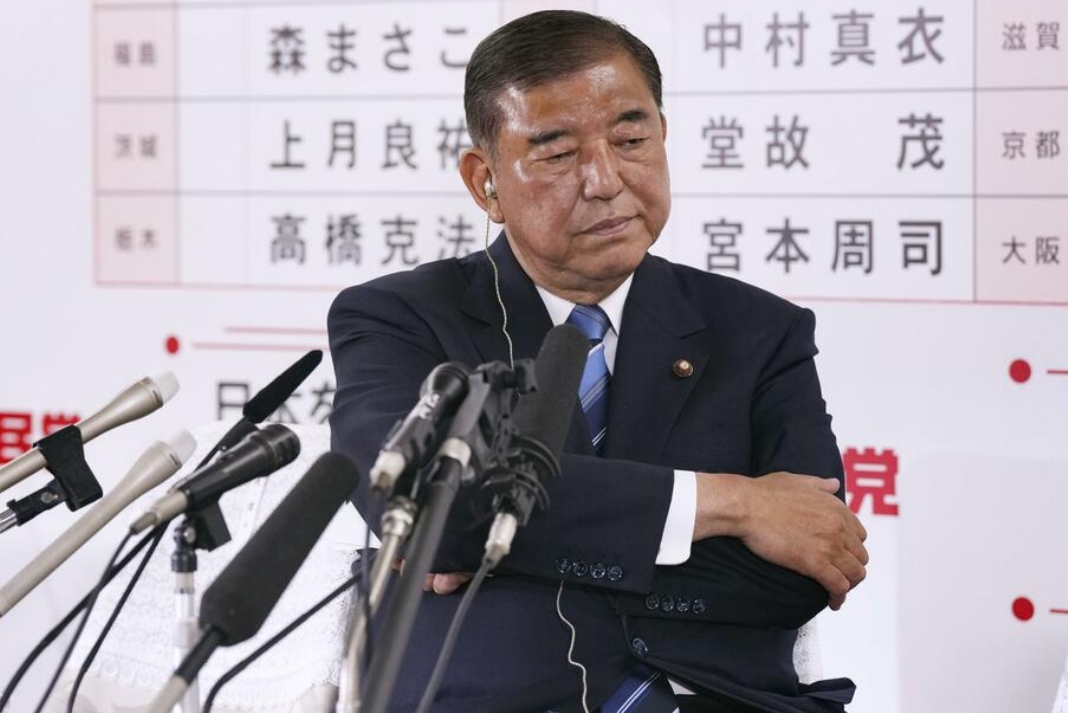Japan PM Ishiba Faces Pressure as Ruling Coalition Loses Upper House Majority

Tokyo – Japan’s ruling coalition, led by Prime Minister Shigeru Ishiba, lost its majority in the Upper House (House of Councillors) after the national election on Sunday. This is a big political blow for the government. This result could make Ishiba’s leadership less strong and make it harder for the administration to adopt bills quickly.
The Liberal Democratic Party (LDP) and its ally Komeito held 141 seats before the polls. They only have 122 presently, falling short of the 125 needed for a majority. They wanted to win at least 50 of the 125 seats that were up for grabs before the election, but they didn’t.
The ruling coalition no longer controls either of Japan’s two legislative houses because of this loss. This is something that doesn’t happen very often in Japanese politics after the war. Even yet, Prime Minister Ishiba has vowed he won’t resign, although pressure from within his party is certain to build.
The opposition is getting stronger
The main opposition parties have said they will not work with the LDP or Komeito. Yuichiro Tamaki, the head of the Democratic Party for the People, made it plain that joining forces with the ruling party was “out of the question.” His party’s support grew quickly, moving from 9 to 22 seats.
The Japan Innovation Party (JIP) gained one seat, bringing its total to 19. The Constitutional Democratic Party of Japan (CDPJ) kept its 38 seats.
The New Right-Wing Party is Growing
At the same time, the new right-wing party Sanseito garnered support by appealing to conservative people. Even though people criticized its nationalist and anti-foreigner language, Sanseito went from 2 to 15 members in the Upper House, which is enough to introduce new measures on its own.
How the elections for Japan’s Upper House work
There are 248 members in the Upper House. Members of the Upper House serve six-year terms, which is different from the Lower House. Every three years, half of the seats are up for election. There were 125 seats up for grabs this time. 75 were through electoral districts and 50 were by proportional representation (PR), when people vote for parties instead of individual candidates.
There were about 520 people running for office. Under the PR system, each voter cast two votes: one for their local candidate and one for a political party.
More people vote
Turnout was 58.51%, which is a big jump from 52.05% in the 2022 election. About 26 million people voted early, and the election took place over a long weekend.
The post Japan PM Ishiba Faces Pressure as Ruling Coalition Loses Upper House Majority appeared first on Digpu News.
News